- Stonehenge's outer ring is made up of 11 large dolerites called blue stones
- A 1923 paper claimed the stones were from Carn Menyn in Pembrokeshire
- For 90 years archaeologists have searched this location for human activity
- Yet X-rays confirm the stones came from Carn Goedog - just a mile away
- It's still not known how the stones travelled the 160 miles to Amesbury
Teams of archaeologists have spent the past 90 years scouring the Preseli Hills in Pembrokeshire to find the source of the prehistoric monument's iconic 'blue stones'.
Scientists believed the 11 stones used to construct the ancient site came from a hill called Carn Menyn, but geologists have since discovered they actually came from another hill - just over a mile away - called Carn Goedog.
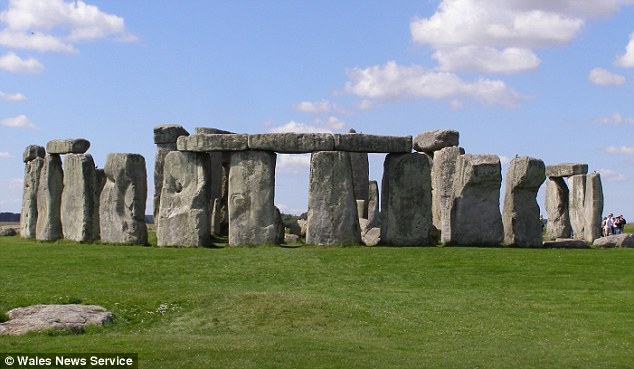
They can then start trying to discover if prehistoric man cut the 11 stone monoliths from the hill and transported them to the prehistoric site, or if they were carried there by glaciers during the last Ice Age.
Dr Richard Bevins from the National Museum of Wales is a leading authority on volcanic rocks and has been studying the Preseli Hills since he was a PhD student in the late 1970s.
Working with Dr Rob Ixer of University College London and Professor Nick Pearce of Aberystwyth University, Dr Bevins used a paper published by academic H.H Thomas in 1923 as their starting point.
Thomas's paper was the first to put forward the theory that the blue stones of Stonehenge came from Pembrokeshire.
In particular, it said they came from a Preseli Hill called Carn Menyn and ever since then archaeologists have assumed that to be the case.
But Dr Bevins said: 'When Thomas was doing his research, it wasn't possible for him to be as precise as we can now.
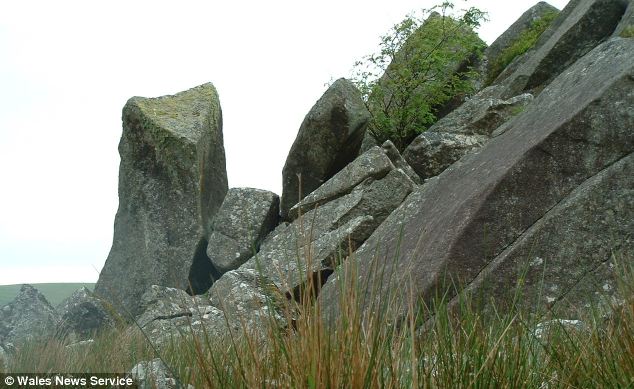
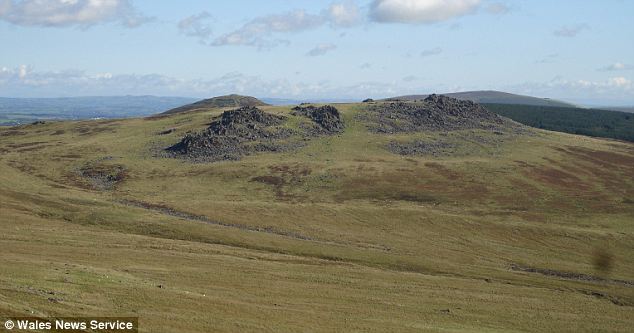
'This is an incredibly exciting project and we got confirmation last week that our findings have been verified,' continued Dr Bevins. 'Getting such positive feedback was a great relief.
'After this, I don't expect to be getting Christmas cards from the archaeologists who have been excavating at the wrong place over all these years!'
Stonehenge was built and altered over a period of about 1,000 years, starting around 2,600 BC.
There are two types of stones at Stonehenge - the larger sarsens and the smaller outer rings of blue stones.
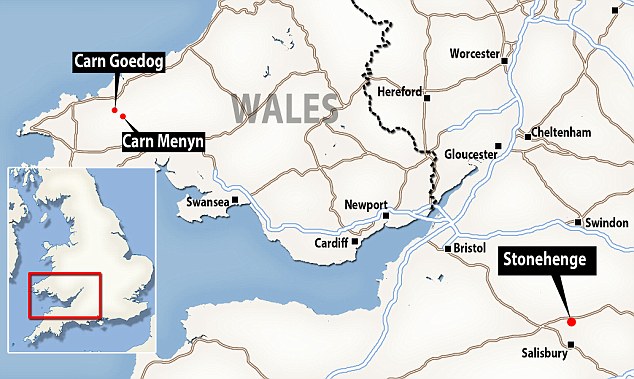
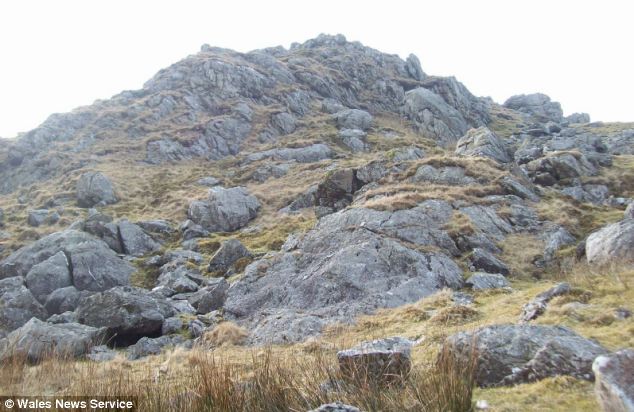
Dr Bevins said there were competing theories but now archaeologists could finally solve the mystery now they've uncovered the stones' precise source.
He said: 'Some have suggested they were transported by humans south to Milford Haven, put on boats and taken by sea to a point from which they were carried to Salisbury Plain.
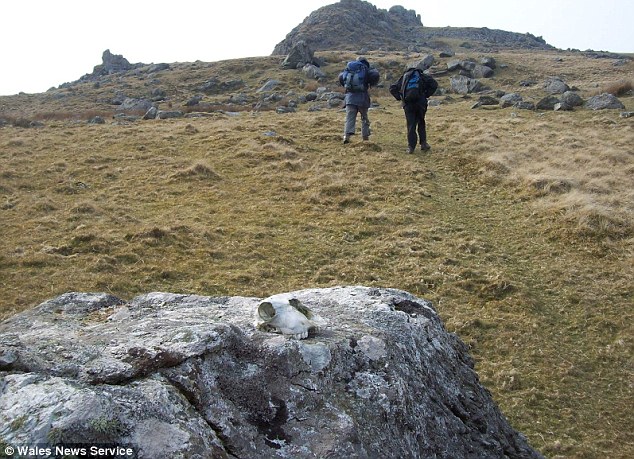
'If humans were involved in taking the stones, there should be some evidence of human activity at the site. But if they were transported during the last Ice Age, physical evidence should be present.
'We are publishing our findings and it will be for specialist archaeologists to use their expertise to excavate the site and see what physical evidence they can find.'
Dr Bevins and the team of geologists will have their peer-reviewed paper published by the Journal of Archaological Science next year.
HOW DID THEY GET IT SO WRONG?
A paper published by academic H.H Thomas in 1923 was the first to suggest the stones came from Pembrokeshire.
The region of the Preseli Hills in the Pembrokeshire Coast National Park is renowned for blue stones that resemble those used to build Stonehenge.
Thomas claimed the particular dolerites that make up the ancient site came from a hill called Carn Menyn, and archaeologists have been digging on this location for the past 90 years in search of human activity.
However, researchers from the National Museum of Wales, University College London and Aberyswyth University recently wanted to pinpoint the exact location.
They X-rayed the 11 bluestones in Amesbury and discovered they more equally matched stones found on a hill called Carn Goedog - just a mile away from Carn Menyn.
Now archaeologists plan to move to the new site.



Just a thought but are there any other hills nearby....